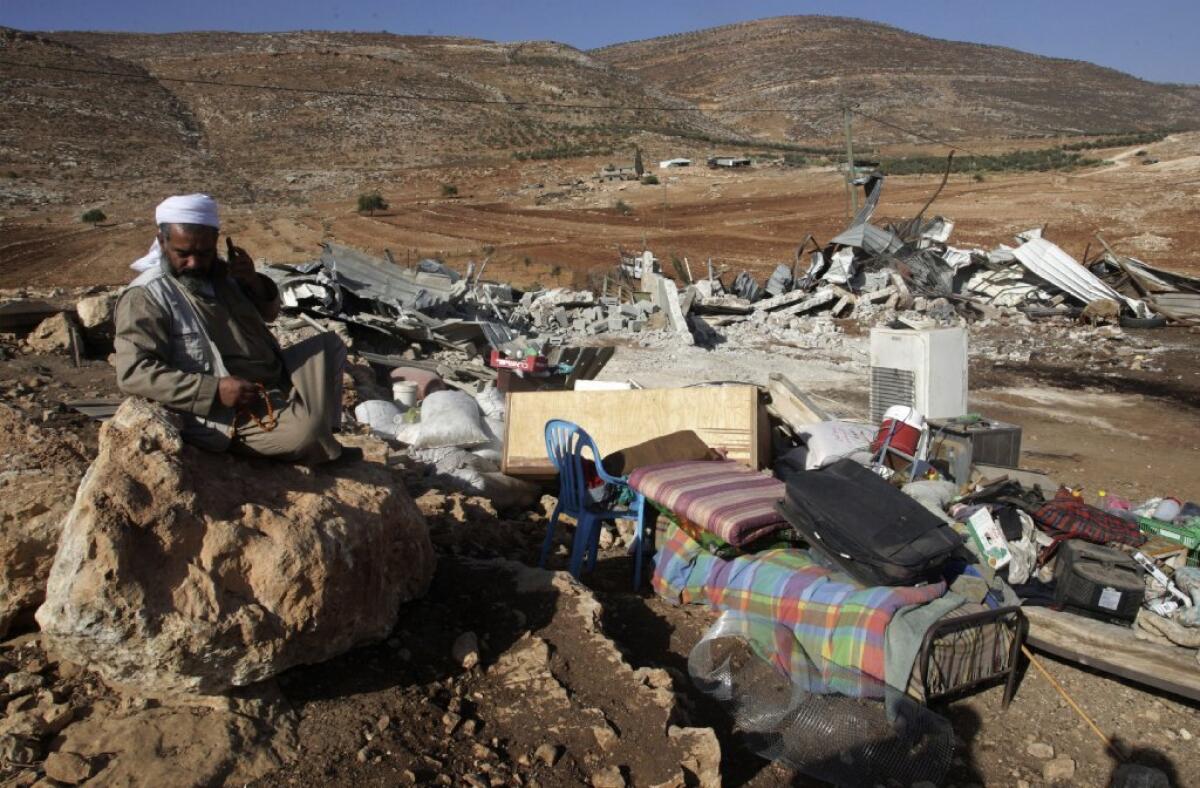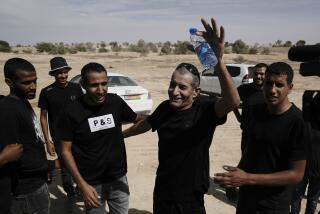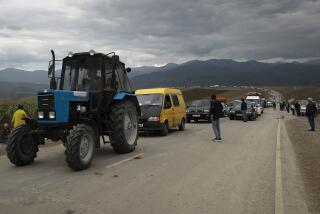Israel’s policy of erasure

The revelation last week that Israel wanted to plan for 20,000 new settlement housing units received the usual outraged responses from around the world. Prime Minister Benjamin Netanyahu, mindful of a backlash in the midst of the Iran nuclear negotiations, walked the revelation back, but not very far.
Just a few days earlier, Secretary of State John F. Kerry, in Israel trying to keep peace talks afloat, reiterated the U.S. view in an interview: “We do not believe the settlements are legitimate. We think they’re illegitimate.”
Settlement expansion, we are constantly told, is the stumbling block to the fragile negotiations between Israelis and Palestinians. The settlements are eating up the territory that is supposed to provide the basis for the creation of an independent Palestinian state. If only there were a settlement freeze, some say, one last chance for peace might be salvaged.
All of that may be true enough as far as it goes. But in fact, Israeli settlement expansion is meaningless when it’s considered in isolation. And that is how it is usually considered, given how much media attention the word “settlement” garners every time it comes up.
There are, however, other, individually quieter, smaller, less visible — but collectively far more significant — events taking place on a daily basis.
Indeed, the settlement program is only one component of a broad complex of Israeli policies that has come to define the rhythm and tempo of life for Palestinians, not only in the occupied territories but inside Israel itself. These policies express Israel’s longstanding wish to erase the Palestinian presence on land it considers its own.
Consider, for example, this stunning statistic from the United Nations Office for the Coordination of Humanitarian Affairs, or OCHA: On average, every week so far this year, Israel has demolished about 13 Palestinian-owned structures in the occupied territories (up from a weekly average of about 12 last year). The structures include water cisterns, barns and family homes that Israel claims violate the draconian rules it imposes on Palestinian life.
Sometimes these demolitions effectively obliterate entire communities at once.
On Aug. 19, according to OCHA, Israel destroyed all the structures in the East Jerusalem Palestinian community of Tel al-Adassa. The same week, Israel re-demolished the Palestinian village of Araqib, in southern Israel, as it has done more than 50 times since 2010. On Sept. 11, Israel bulldozed almost all the structures in the West Bank herding community of Az Zayyim, rendering dozens of people homeless. Days later, Israel demolished all the homes of the village of Mak-hul in the Jordan Valley, and declared its ruins a closed military area, preventing the villagers’ return.
And so it goes — a litany of catastrophes occurring on a small scale, in communities you have never heard of, all the year round.
These acts of eradication are a matter of routine practice, so routine that they rarely attract international media attention. Neither does the regular vandalizing, bulldozing or burning of Palestinian-owned olive trees , either by Jewish settlers — who generally act with legal impunity — or by the Israeli army.
According to the U.N., settlers cut down 100 trees Nov. 9; they damaged 400 trees from Oct. 29 – Nov. 4, and 30 the week before that. And, again, so it goes—week in, week out. More than 38,000 trees have been destroyed in the last four years , a devastating loss for Palestinian farmers.
Individually, these acts of violence affect only a dozen people or a single tiny community. But they add up. If I may borrow a phrase from Charles Dickens, it is like being stung to death by single bees. Slowly, methodically, deliberately, Israel is attempting to grind an entire people into the dust.
The expansion of Jewish settlements in the occupied territories is part of Israel’s project to gradually suffocate the Palestinians. But it’s only one indicator, and a misleading one at that. Because even if no new settlements are built, Palestinian homes will still be bulldozed and Palestinian olive orchards will still be uprooted; Palestinian water wells will run dry and Palestinian fields will brown and crack for lack of irrigation (Israel denies Palestinians access to water from the Jordan River and makes it almost impossible for them to dig new wells, even as it uses, according to a World Bank estimate, more than 80% of the West Bank’s groundwater).
Palestinians will still be held up at Israeli army checkpoints and harassed or arrested by Israeli soldiers; they will still be prevented from tending their crops or getting to their schools and clinics, or even to the ruins of their bulldozed homes.
Finding a path to a just peace between Israelis and Palestinians, such that both peoples truly live side by side rather than one living at the expense of the other, requires not simply dealing with the settlements but with the whole complex of displacement, suffocation and erasure. And the first step is noticing its very existence.
Saree Makdisi, a professor of English and comparative literature at UCLA, is the author of “Palestine Inside Out: An Everyday Occupation.”
More to Read
A cure for the common opinion
Get thought-provoking perspectives with our weekly newsletter.
You may occasionally receive promotional content from the Los Angeles Times.










